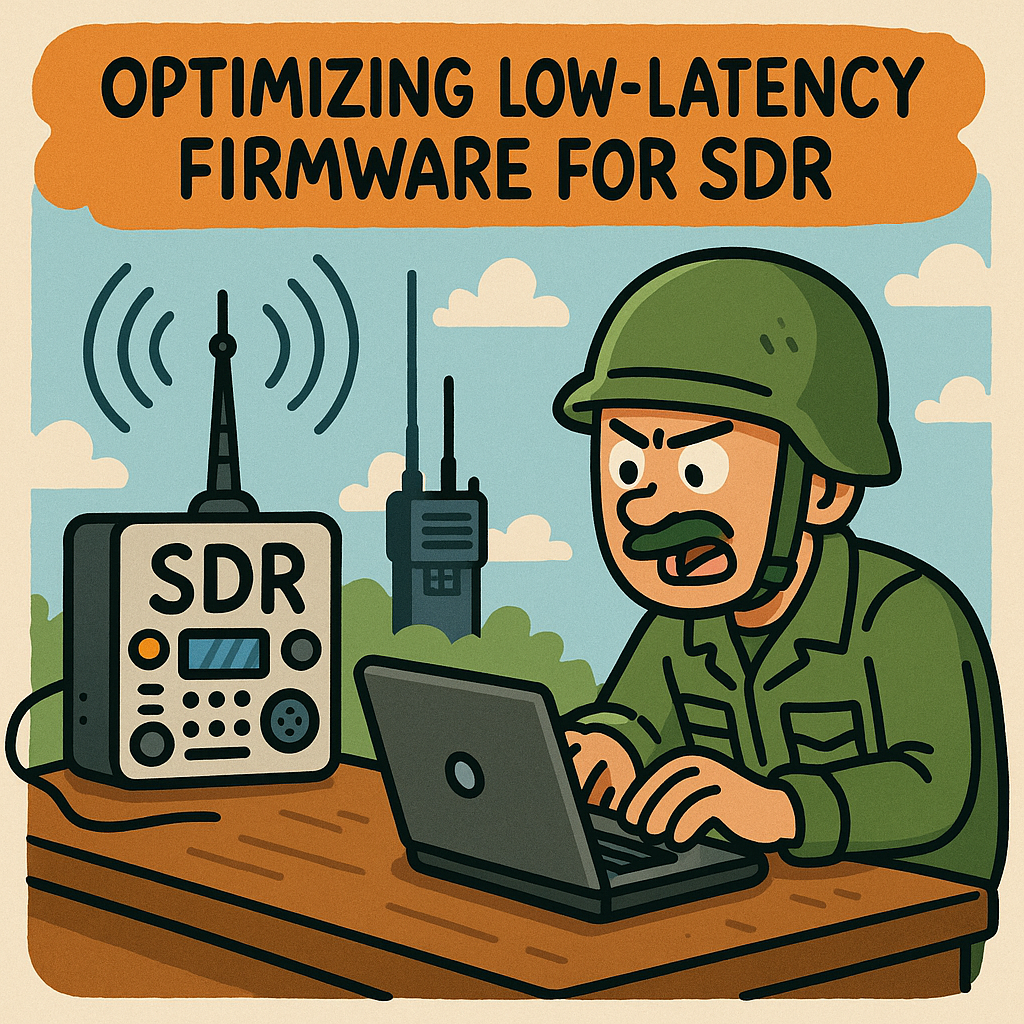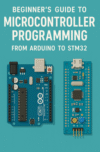Understanding Low-Latency Firmware in SDR Applications
In the world of tactical communication systems, the need for low-latency firmware becomes paramount, especially when we delve into Software Defined Radio (SDR) applications. These systems are not just about transmitting signals; they are about ensuring that those signals are received and processed in real-time without delay. Picture a scenario where military units rely on split-second decisions based on the data transmitted. Here, every millisecond counts, and that’s where low-latency firmware plays a critical role.
The Importance of Real-Time Processing
Real-time processing in tactical communication systems is akin to a heartbeat in a living organism. It ensures that data flows seamlessly, enabling immediate action. SDR applications are designed to be agile, adapting to various communication protocols and environments. This adaptability, however, comes with its own set of challenges. The firmware must be optimized for performance, ensuring that data packets are processed efficiently and swiftly.
Key Components of Low-Latency Firmware
When we talk about optimizing firmware for low-latency, several key components come into play:
- Efficient Algorithms: The choice of algorithms can significantly impact processing speed. Implementing lightweight algorithms that prioritize speed over complexity can reduce latency.
- Hardware Compatibility: Understanding how the firmware interacts with the underlying hardware is crucial. For instance, choosing the right microcontroller, like STM32 or ESP32, can make a difference in performance.
- Memory Management: Effective use of memory is essential. Buffer management techniques and minimizing memory access times can help in reducing latency.
- Real-Time Operating Systems (RTOS): Utilizing an RTOS designed for low-latency applications can provide the necessary tools and frameworks to manage tasks efficiently.
Challenges and Considerations
However, the path to achieving low-latency firmware is not without challenges. One of the most significant hurdles is ensuring that the firmware is robust enough to handle variable network conditions. In tactical environments, interruptions and loss of signal can occur, and the firmware must be designed to manage these scenarios gracefully. Moreover, developers must balance optimizing for speed with maintaining code readability and maintainability, which is crucial for long-term projects.
Hardware-Software Integration Strategies
Let’s not overlook the importance of hardware-software integration in optimizing low-latency firmware. The seamless collaboration between the hardware and software components can lead to significant performance gains. For SDR applications, this means choosing the right mix of components, from RF front-end modules to DSP chips, that work harmoniously together. Engineers often face the dilemma of selecting between RISC-V and ARM architectures—both have their merits, and the choice often depends on the specific requirements of the communication system.
Industry Innovations and Future Trends
As we look toward the future, the landscape of embedded systems continues to evolve. Innovations in AI accelerators and edge computing are beginning to influence low-latency requirements. Imagine SDR systems that not only process data but also learn from it in real-time, adapting their responses based on historical data patterns. This level of intelligence could redefine tactical communication, providing advantages that were previously unimaginable.
Conclusion: Preparing for the Next Generation of Communication Systems
In the fast-paced world of tactical communication, optimizing low-latency firmware for SDR applications is more than just a technical challenge; it’s a crucial element that impacts mission success. As engineers and industry professionals, it’s essential to stay ahead of microcontroller trends, understand the implications of hardware-software integration, and embrace innovations that will shape the future of communication systems. With the right approach, the next generation of SDR applications will not only meet the demands of real-time communication but also pave the way for advancements we have yet to envision.



